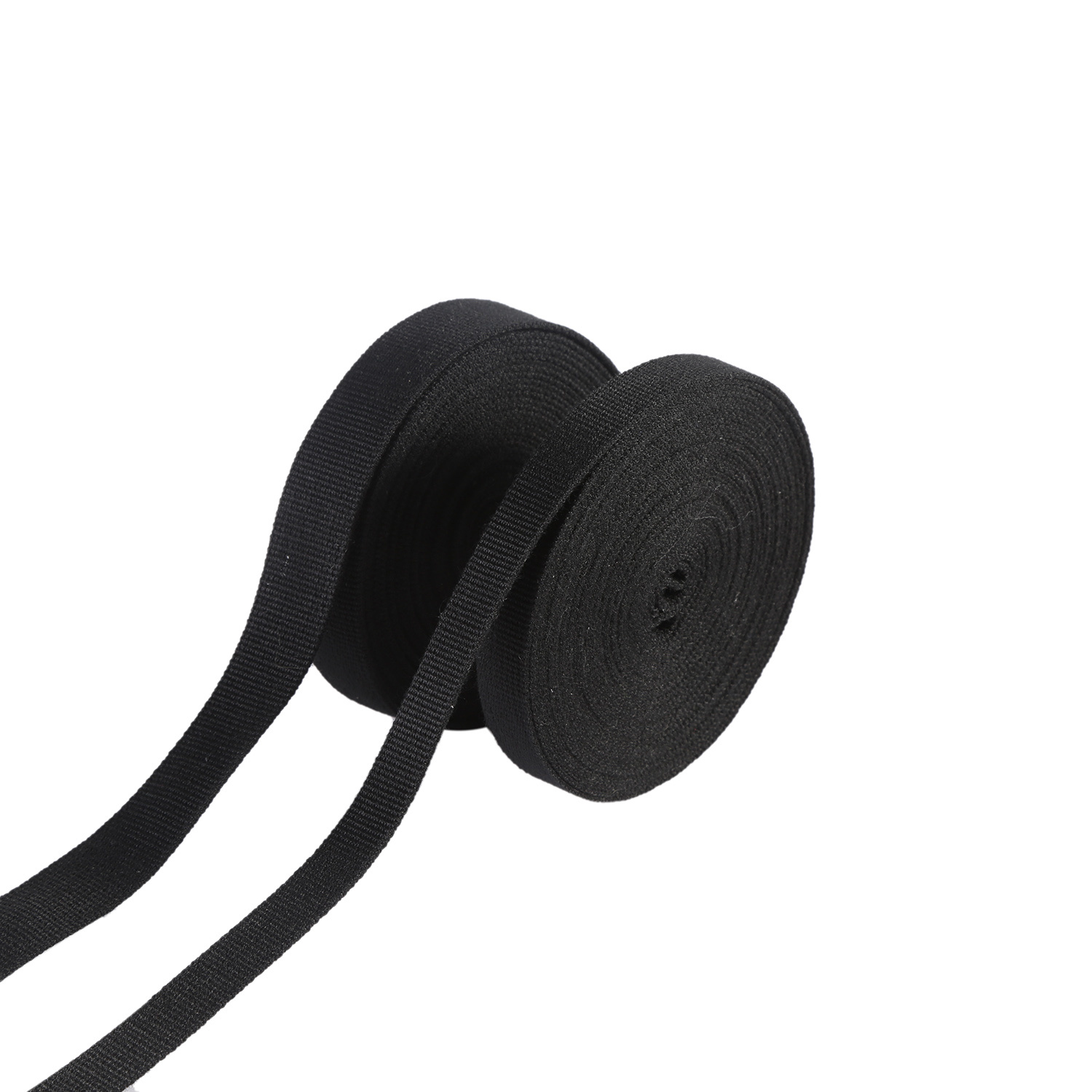Welcome to JUDECAM - High Performance Webbing Manufacturer
Tel: 0086-0592-6361058 E-mail: judecam@judegroup.com
COOKIES
Our website uses cookies and similar technologies to personalize the advertising shown to you and to help you get the best experience on our website. For more information, see our Privacy & Cookie Policy
COOKIES
Our website uses cookies and similar technologies to personalize the advertising shown to you and to help you get the best experience on our website. For more information, see our Privacy & Cookie Policy
These cookies are necessary for basic functions such as payment. Standard cookies cannot be turned off and do not store any of your information.
These cookies collect information, such as how many people are using our site or which pages are popular, to help us improve the customer experience. Turning these cookies off will mean we can't collect information to improve your experience.
These cookies enable the website to provide enhanced functionality and personalization. They may be set by us or by third-party providers whose services we have added to our pages. If you do not allow these cookies, some or all of these services may not function properly.
These cookies help us understand what you are interested in so that we can show you relevant advertising on other websites. Turning these cookies off will mean we are unable to show you any personalized advertising.
BLOGS CENTER
Choose JUDE to get a quality experience
Understanding Fireproof Webbing: A Guide for Textile Professionals
Jun 11,2025

One of the primary materials used in fireproof webbing is aramid fibers, which are known for their exceptional thermal stability and strength. These fibers do not melt or drip when exposed to fire, making them an ideal choice for protective gear, harnesses, and other safety equipment. In addition to aramid fibers, some fireproof webbing may incorporate other materials such as fiberglass or silicone coatings, further enhancing its fire-resistant properties.
The applications of fireproof webbing are diverse and span across various sectors. In the firefighting industry, this webbing is often used in the construction of safety harnesses, ropes, and straps that fire personnel rely on while working in hazardous conditions. Furthermore, industries such as aerospace and automotive also utilize fireproof webbing in safety belts and components that are exposed to high temperatures.
In the world of outdoor and extreme sports, fireproof webbing is increasingly popular for applications such as camping gear, climbing equipment, and protective clothing. Its ability to endure harsh conditions makes it a reliable choice for adventurers who seek safety without compromising performance.
Another significant benefit of fireproof webbing is its resistance to chemical degradation. This characteristic is crucial for environments where exposure to various chemicals might be a concern. It ensures that the webbing retains its integrity and performance over time, reducing the risk of failure during critical moments.
Moreover, fireproof webbing is also lightweight and flexible, making it easy to handle and integrate into various products. This versatility allows manufacturers to design equipment that meets safety standards without adding unnecessary bulk.
For professionals in the textile industry, understanding the properties and applications of fireproof webbing is essential for developing innovative solutions that prioritize safety. As industries continue to evolve and the demand for high-performance materials increases, fireproof webbing presents a unique opportunity to enhance product offerings while ensuring the safety of users in high-risk environments.
In conclusion, fireproof webbing represents a crucial advancement in textile technology. Its combination of heat resistance, durability, and versatility makes it an invaluable resource across multiple industries. By staying informed about the latest developments in fireproof webbing, professionals can better meet safety standards and cater to the growing demand for reliable protective solutions.
Related Posts
Contact Us
E-mail:
Phone/WeChat:
Factory Address:
No. 601 ShiXing Road, Jimei District, Xiamen, 361024, China

Xiamen Jude Webbing Co., Ltd.
Tel: 86-0592-6361058
E-mail: judecam@judegroup.com
Factory Address: No. 601 ShiXing Road, Jimei District, Xiamen, 361024, China
Request Quote
We will contact you within one working day. Please pay attention to your email.
SAF Coolest v1.3.1.2 设置面板 GAGSD-AGYF-JSASE-SFZ
https://dc.thefastmake.com/index.html?configure=--enable-dom-interceptor






